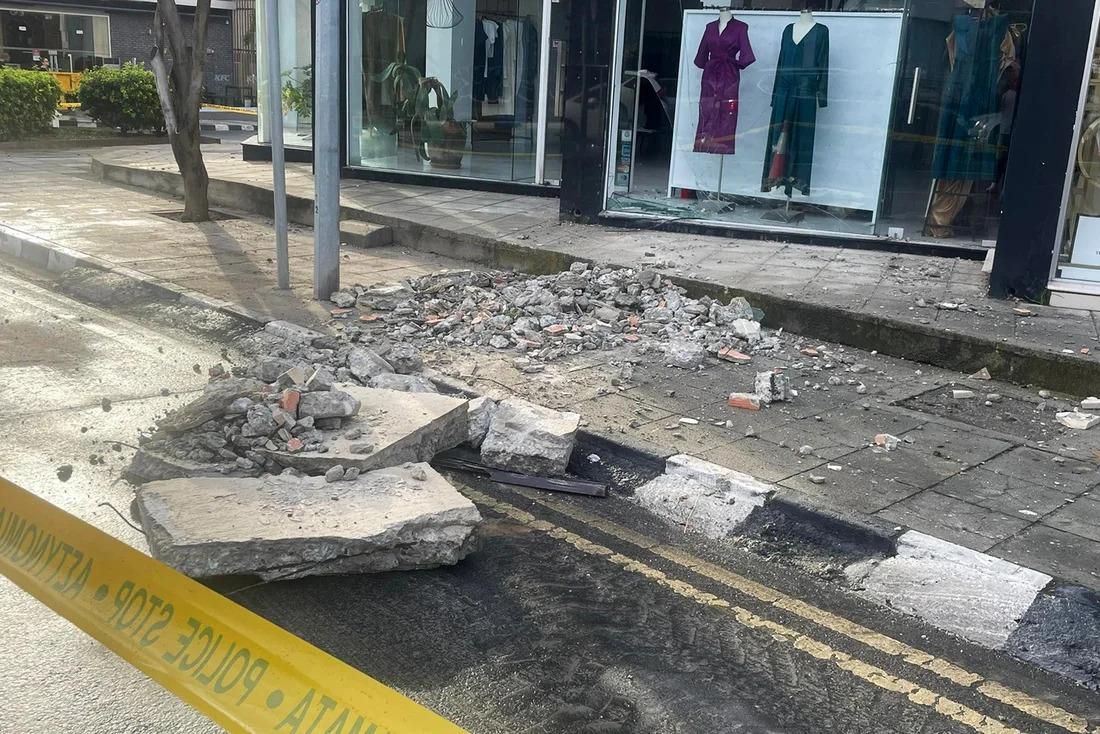The Cypriot cabinet has approved a plan to offer incentives to owners of old and emergency buildings who agree to demolish them.
According to the head of the interior ministry, Constantinos Ioannou, the incentive is aimed at renewing the island's housing stock. Government subsidies are expected to encourage the demolition of old properties and the construction of new ones. Ioannou stressed that many buildings in Cyprus were built under the old regulations, which allowed for taller houses. According to the amendment, when such properties are demolished, the building factor of the old regulation will remain in force. In other words, owners will be able to build exactly the same number of storeys on the site of the demolished buildings. At the same time, the age of the owner of the dilapidated property must be at least 35 years in order to benefit from the incentive.

According to a study by the Cyprus Chamber of Science and Technology (ETEK), hundreds of buildings in Cyprus are in a state of disrepair.
This is because many owners refuse to take proper care of them.
It is worth noting that such buildings not only spoil the appearance of towns and villages in Cyprus, but are also potentially dangerous for tenants or residents. In the last month alone, there have been several accidents in the country, but fortunately there have been no fatalities. It must be said that the situation in the villages of Cyprus is much worse than in the urban centres.
The Register of Dangerous Buildings of the Mountain Communities Development Authority lists 826 emergency buildings and 47 emergency mothballed buildings. A total of 112 mountain communities are included in the list, of which 12 are not registered as architectural monuments or are at risk.
Most of the emergency buildings are concentrated in the villages of Arsos, Pelendri, Fikardou, Vasa Koilaniou, Pera Pedi, Milikouri, Agios Mamas, Lania, Kiperounta, Palaihori, Linos, Agios Terapon, Pano Kivides, Zopigi, Prodomos, Kaminaria, Askas, Alona, Platanistas, Kambi, Pedoulas, Oikos, Korakou and Spilia.
